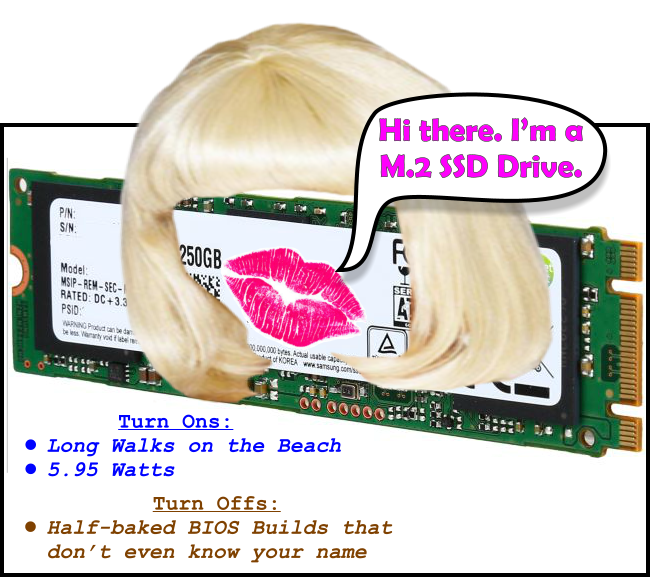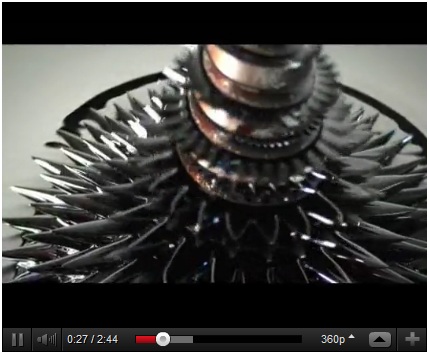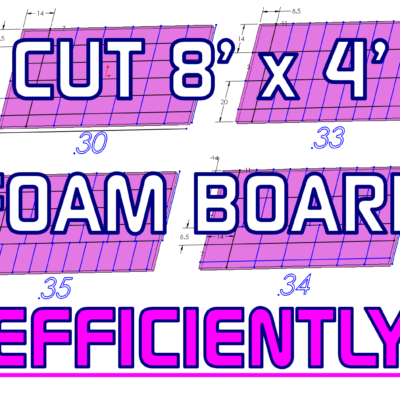Last Lastly: Endorsement – This is kindofa ThinkStation-P500-as-3D-CAD-Workstation Review
I’ve only been using this computer as a CAD workstation for a short time, but I really like it. It s the snappiest workstation I’ve yet had the privilege of using. I attribute the brute-force, ravenous, crushing speed to the following hardware:
- Scary fast Intel Xeon E5-1630 v3 3.7GHz 10MB cache CPU
- Samsung M.2 PCIe SSD drive interfacing with PCIe 3.0 x4 lanes
- 10GB NIC card with corresponding 10GB card in the server
- (this was our IT person’s idea, and it’s made a noticeable difference in dealing with CAD files stored on our server, something I used to complain about incessantly)
- W7100 AMD FirePro graphics card
- This has made a noticeable difference with manipulating large CAD assemblies. There’s been some quirks with it in SolidWorks, but I think I’ve already figured them mostly out.
- ECC RAM, DDR4
- For all the people that tell themselves (AND EVERYONE ELSE) ECC RAM and Xeon procs are wastes of money (or even that a gamer graphics card will do everything a pro card will for 3D CAD software at 1/4th the price), I am here to roll my eyes and scoff at you.

Why am I a “Sucker” for Pro-Grade Hardware?
I just have fewer crashes; fewer “weird” computer issues or artifacts; and faster, smoother work sessions when I use professional hardware than when I’m using other (lesser) equipment. This is something I’ve picked up over thousands of hours of professional CAD software use on both high-end consumer-grade computers and professional workstation computers.
There’s truly a more down-to-business, cleaner experience to using a Xeon CPU/ECC RAM/”Pro” Samsung or Intel SSD/Quadro or FirePro graphics card vs. using a Intel I7/Reg RAM/Consumer SSD/and hey–keep the pro graphics–it’s still hobbled by the other consumer hardware.
Hucksters: You’re On Notice!
I’ve seen hucksters on YouTube try to convince they’ll show how to make a “value workstation” every bit as good as, say, an Apple MacPro Desktop**, but for half the price (or less). As soon as they equate “Workstation*” with regular RAM, I7 or AMD desktop CPUs, and gamer graphics, it’s illegitimate and makes them look like either they’re very unqualified to host shows about computer hardware. And/or they think everyone who uses the equipment is moronic and inexperienced.
*(asterisked ‘Workstation’ because I realize many “Workstation” laptops are still outfitted with I7 chips, and therefore reg RAM, although probably still pro-grade mobile graphics. Sacrifices must still be made for compact mobile form factors. That still doesn’t excuse confused computer “pros” [gamers who don’t actually “work” on computers] for being so extremely wrong in their concepts of “value”.)
**FYI: I don’t like Apple OS, and I can’t really use it with much of the software I must use on a daily basis. But I tried to make a build for less money using New Egg parts that would beat or match performance of their MacPro Desktops (the “cannister” vsns starting out in 2014), and couldn’t do it at all. It blew away my preconceptions of them as merely an obscenely priced style shop, there’s a lot of value in some of their products.









Blaine C.
Kris – thanks for a great write-up! I was preparing to do the same exact build for a Revit workstation except with an E5-2367v3 & the K4200. I would like to use the M.2 card as both my boot & data drive – is that possible? My IT guy can’t seem to get me an answer. Also, how are you liking the 10gb to the server? Can that be done over CAT6?
Blaine C.
I also have the 1630 right now – it’s great.
Kris Bunda
Hi Blaine – Thank you!
The 10gb to the server REALLY made a difference. Large CAD files that had taken 30seconds to open may open in 7 or 10 seconds now. Or at least that’s my perception. I don’t want to set you up for too high expectations though, it’s not immediate. Also, I’m bitterly disappointed in how much of a bottleneck the internet service remains to be for when I try to open CAD files over VPN remotely. And yes, I believe our IT person said it had to be over CAT6, and he specifically had to patch that line into my workstation area (as opposed to the CATV ports on the wall outlet next to it).
The M.2 is really good. Even though I moved it from the Lenovo mezzanine card to another PCIe x4 slot (I don’t remember if I explained all that), it doesn’t seem to make a difference. I’m thinking both the FLEX slot and another PCIe 3.0 x4 lanes slot are theoretically the same thing.
You could definitely have your m.2 as both a boot and the drive you keep a lot of your files on – just like when you buy most computers, they often only have one hard drive. My only problem is that CAD files tend to get so large so fast that I’d rather just have them on a second (also fast) drive, like a different SSD. I’ve even gained more respect for mechanical drives, like the 2.5″ 10,000 RPM ones. I have one in my laptop to store some CAD files and photos on, and they load surprisingly fast. But I still require an SSD as the boot drive for the OS and programs to run from.
Hope my opinions answer your questions. If your IT person has some questions on setting up the M.2 with another drive (or if he’s having probs getting M.2 to work as boot drive for windows7), let me know, maybe I can help. There’s also a VERY helpful Lenovo staffer on the Lenovo forums with screen name “PSTurtle” (if memory serves). That person really helped me along in understanding much of the new “FLEX” module stuff Lenovo is selling that has such obscure and confusing documentation.
You’re reminding me that I should make a followup post on setting up the BIOS to use the m.2 card in a riser card in a different slot, while using the mezzanine “FLEX” slot for the HDD bays via LSI RAID card, and how to then set the m.2 card as boot and still have any other drives you push into the bays show up in the operating system. Because it wasn’t exactly intuitive. And it wasn’t automatic by any means.
Kris Bunda
Yes, that’s a real snappy processor, I’m really happy with it.
Frankly, I don’t understand why anyone would take more cores over speed, at least when it comes to most CAD tasks. Sure, on SolidWorks drawings, each view supposedly is assigned to a different core, making for “multi threading”. But aside from drawings, most modeling or simulation can pretty much only be single threaded linear solving (last I knew).
Perhaps it’s a completely different story for other CAD that isn’t solid model-focused.